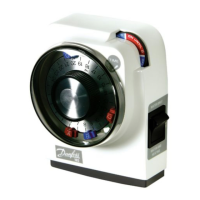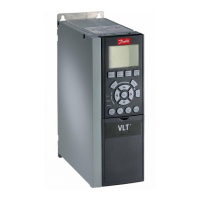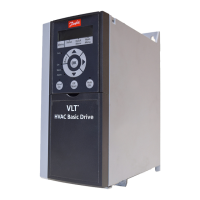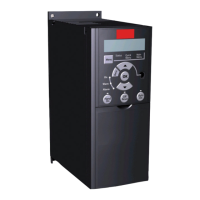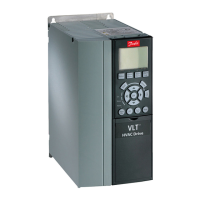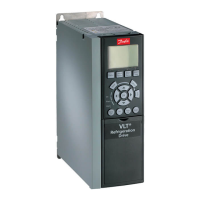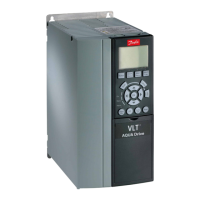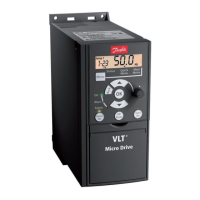Design Guide | iC7 Series Liquid-cooled System Modules
4 Overview of the iC7 Series Liquid-cooled System Modules
4.1 System Modules
The liquid-cooled system modules have 2 product categories:
l The system modules are ideal for installation with low height clearance. Needed filters are installed externally.
l The system modules with integration units have integrated filters in a compact design, easy cabinet installation, and easy
serviceability.
The protection rating of the power units is IP00, and that is why the drive must be installed in a cabinet or another enclosure after
delivery.
The liquid-cooled system modules are available with different functions: inverter, active front-end, grid converter, and DC/DC converter
modules. The modules can be installed in parallel for higher power ratings.
The control unit of the system modules is installed separately. The control unit and the system modules are connected via fiber optics.
Inverter
The inverter (INU) module is intended for the regulation of motor speed in response to system feedback or to remote commands from
external controllers. The inverter module requires a DC power source such as AFE or NFE to form a motor drive system. A drive system
consists of the system modules, the motor, and equipment driven by the motor. The inverter module module can be used for power
generation applications, but it is also intended for system and motor status surveillance.
Active front-end
The active front-end (AFE) module is used to transfer power between the AC input and the intermediate DC bus. The main functionality
of the AFE module is to maintain a stable DC-bus voltage reference and supply power for motor drives (INU). When there is load in the
DC bus, the AFE module rectifies the alternating current and voltage and transfers power from the AC input to the DC bus. When there
is excess energy in the DC bus, such as braking power of motors, the AFE module inverts the direct current and voltage, and transfers
power from the DC bus to the AC input.
The AFE can boost the DC-bus voltage within the voltage window of the converter hardware. The advantage is that the DC voltage
available for the inverters is not limited even under unideal grid conditions or if the grid voltage is lower in some regions.
Power quality of the AFE is superior to diode or thyristor rectifiers, since it does not draw reactive current from the grid and the harmonic
distortion is low (<5%). The advantage is that the incoming transformer does not need to be oversized, transformer losses are lower,
and the unit can meet the most stringent harmonic requirements. The DC-bus voltage is also much smoother and AFE can also produce
reactive current to compensate for other low power factor equipment.
Grid converter
The grid converter (GC) module is a dedicated inverter for advanced grid forming and bi-directional AC/DC power conversion. The GC
can invert the DC voltage and rectify the AC voltage just like an AFE, but the power conversion control features are more advanced. The
grid converter supports both open-loop and closed-loop AC voltage and frequency control.
The grid converter can create a microgrid and operate as the only power supply (island mode). The GC module can also be connected
in parallel to other generating units with the frequency drooping function (μGrid mode), and maintain the grid on its own if the
other power generation is stopped. The grid converter can also inject high short-circuit current to ensure selectivity in the microgrid.
Alternatively, the GC can be used to control active and reactive AC power or current, and DC power, current, or voltage.
Typical use cases for grid converters are AC coupled energy storage, DC power supply for hydrogen electrolysis, micro grid forming,
shore power, shaft generator, and other marine energy management applications.
Danfoss Drives Oy © 2024.03 AJ475942178716en-000101 / 172K2848A | 17

